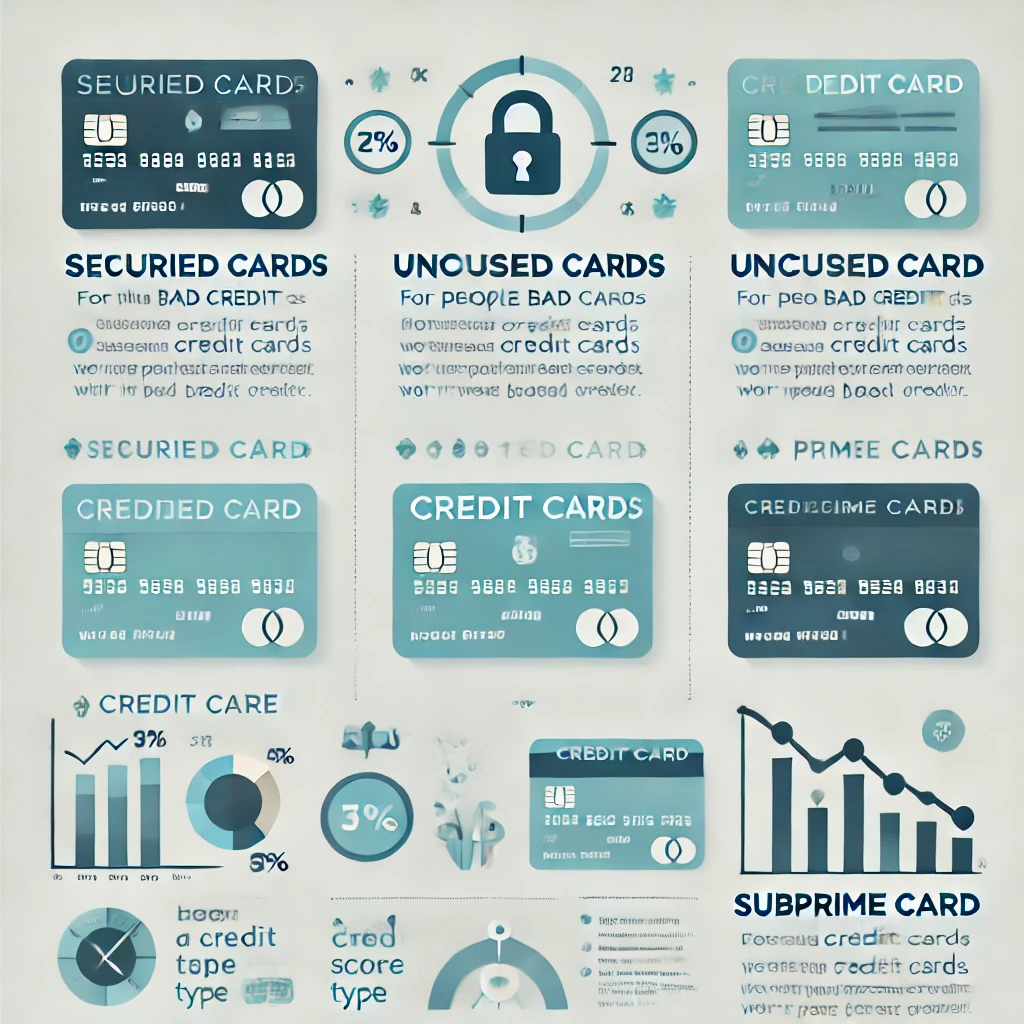Do you know what the fixed charge ratio is for a company and how to calculate it? The fixed charge coverage ratio (FCCR) shows how well a business can pay its fixed expenses, including mandatory debt payments and interest. Lenders and investors often use this metric to determine whether to approve a loan application or invest in the business. You can calculate it by using the formula FCC = EBIT / (Fixed Charges before Tax) easily. Here’s what you need to know about the fixed expenses coverage ratio and how to calculate it.
Concept of Fixed Charge Coverage Ratio (FCC)
The Fixed Charge Coverage Ratio (FCC) measures a company’s capacity to fulfill its fixed charges, such as debt repayments and lease expenses. It considers the earnings before interest and taxes (EBIT) and fixed expenses before tax. The ratio helps lenders assess a borrower’s ability to cover interest payments and other fixed costs. By comparing EBIT to fixed charges, including interest expense, debt repayment, and lease payments, FCC indicates whether a business can sustain its financial obligations.
Why is the Fixed Charge Coverage Ratio important?
The FCC is crucial because it shows the financial stability of a company. A higher FCC indicates that the company has enough cash flow to cover fixed expenses, making it less risky for lenders. For borrowers, this ratio helps gauge their capacity to fulfill lease expenses, interest payments, and debt repayments. Lenders often use FCC to assess the likelihood of a borrower defaulting on payments. If the ratio is low, it could signal financial distress or insufficient earnings to cover fixed costs.
How to Calculate Fixed Charge Coverage Ratio
To calculate the Fixed Charge Coverage, divide the company’s earnings before interest and taxes (EBIT) by the sum of its fixed charges before tax. The 1. fixed expenses include interest payments, lease payments, and debt repayments. The formula is:
FCC = EBIT / (Fixed Charges before Tax). For a more accurate calculation, include lease expense and amortization in the fixed costs. This assessment reveals the company’s ability to handle its financial obligations and helps both lenders and borrowers understand the business’s financial stability. Use this loan calculator to simplify the process of calculating fixed charges for your business.”
TFixed-Charge Coverage Ratio Formula(FCC)

The Fixed-Charge Coverage Ratio (FCCR) formula measures a company’s ability to cover its fixed expenses. It calculates how well a company’s earnings before interest (EBIT) can cover its fixed costs like interest payments, lease expenses, and debt repayment. The FCCR formula is FCCR = EBIT / Fixed Charges. This financial ratio helps assess a company’s capacity to fulfill its financial obligations, such as covering interest and lease payments.
Step-by-Step Calculation of FCCR

First, find the company’s earnings before interest to calculate the Fixed-Charge Coverage Ratio (FCCR). Next, determine the fixed expenses, including interest expense and lease payments. Divide the profit by the fixed charges to find the FCCR. For example, if the profit is $500,000 and fixed expenses are $250,000, the FCCR would be 2. This means the company’s earnings can cover its fixed expenses twice over.
Examples of Fixed Charge Coverage Ratio calculations
Key Factors in Fixed Charge Coverage Ratio Calculation
Inclusions in Fixed Charges for FCCR Calculation?
The FCCR assessment includes total fixed expenses such as capital expenditures, cash taxes, and annual set costs. It also accounts for required obligations and fixed obligations. These items ensure a business can meet its fixed obligations and cover its fixed expenses.
Calculating the Debt Service in the FCCR Formula
To calculate debt service, include debt obligations and payments related to a business loan. Add required obligation and annual fixed charges to the total. This assessment helps confirm if the ratio measures a business’s ability to pay its fixed charges and cover its fixed expenses.
Fixed Charge Coverage Ratio vs. Debt Service Coverage Ratio
How FCCR Differs from Debt Service Coverage Ratio (DSCR)
Comparing FCCR and DSCR

Lenders use the FCCR ratio and the DSCR formula to assess a business’s financial stability. The FCCR calculates whether earnings can cover its set costs, including required obligation repayment and insurance premiums. In contrast, the DSCR formula evaluates if earnings can cover fixed obligations related to principal payments. Both ratios measure a business’s ability to meet its financial commitments but focus on different aspects of set costs and debt obligations.
Explore this refinance calculator to understand how restructuring your debt can impact these ratios.
Improving Your Fixed Charge Coverage Ratio
How to Improve Your FCCR for Better Financial Health
You can improve your ratio by increasing earnings and reducing unnecessary expenses. Focus on areas like depreciation and amortization to manage costs. Paying down principal payments and controlling insurance premiums can also improve your FCCR. A higher FCCR ratio, such as an FCCR of 2, shows better financial stability and assures lenders of your ability to meet fixed obligations. Decide wisely between renting or buying assets with this rent vs buy calculator to better manage your fixed charges and improve your FCCR.
Strategies to Increase Times Interest Earned and FCCR
Common FCCR Misunderstandings and Mistakes
Mistakes to Avoid When Calculating FCCR
Avoid common mistakes like excluding variable costs or forgetting to add debt amortization plus interest when calculating FCCR. Ensure fixed charges include all relevant expenses, as this financial metric depends on accurate data. The FCCR shows the ability to service its debt, and errors can misrepresent the business’s financial stability.
How to Correct Common Errors in FCCR Calculation
To fix errors, double-check the formula and include all set costs, debt amortization, and interest. Use Excel shortcuts to streamline assessment and ensure accuracy. Remember that the coverage ratio measures the business’s ability to meet its obligations. Aim for an FCCR of at least 1.2 to show financial stability and maintain lender confidence.
FAQs
1. What is the minimum FCCR a business should aim for?
A business should aim for an FCCR of at least 1.2. This ensures it can meet its financial obligations and shows a good level of stability.
2. How do higher FCCRs benefit a business?
Higher FCCRs indicate better financial health and can help a company qualify for a lower interest rate. Lenders see this as a sign that the business can handle additional debt if needed.
3. Why is FCCR important in assessing a company’s financial health?
The FCCR helps understand the financial health of a company by showing its ability to meet obligations. It also indicates whether the business can use debt to fund opportunities available in the marketplace.


